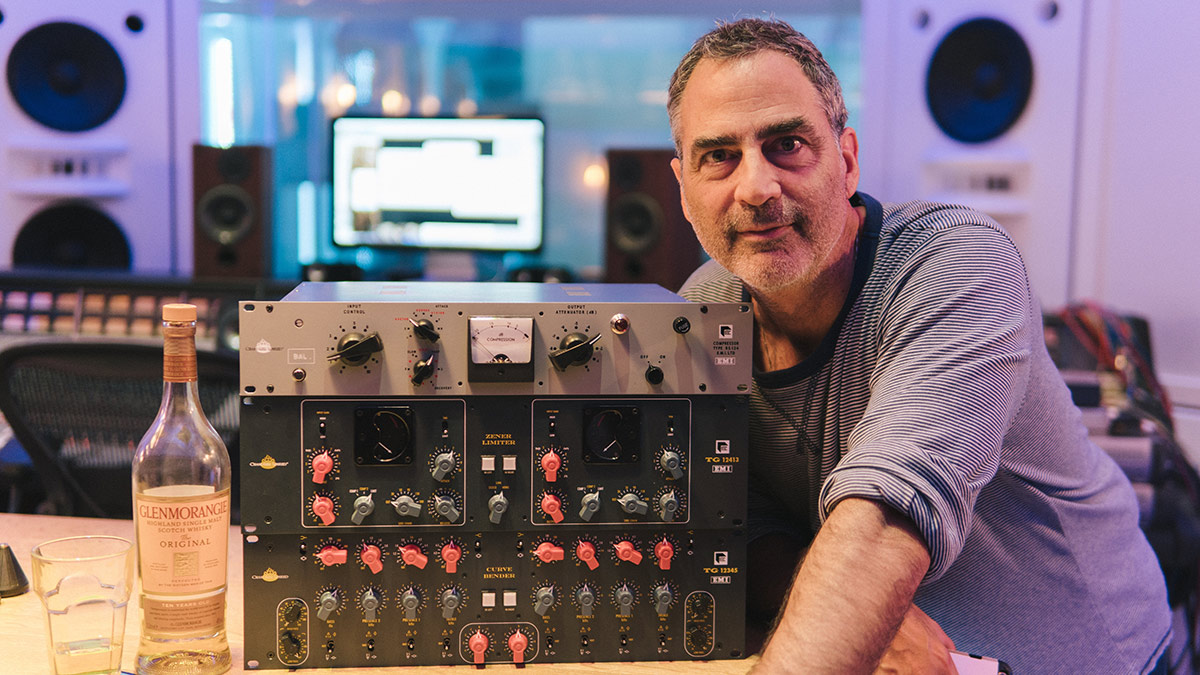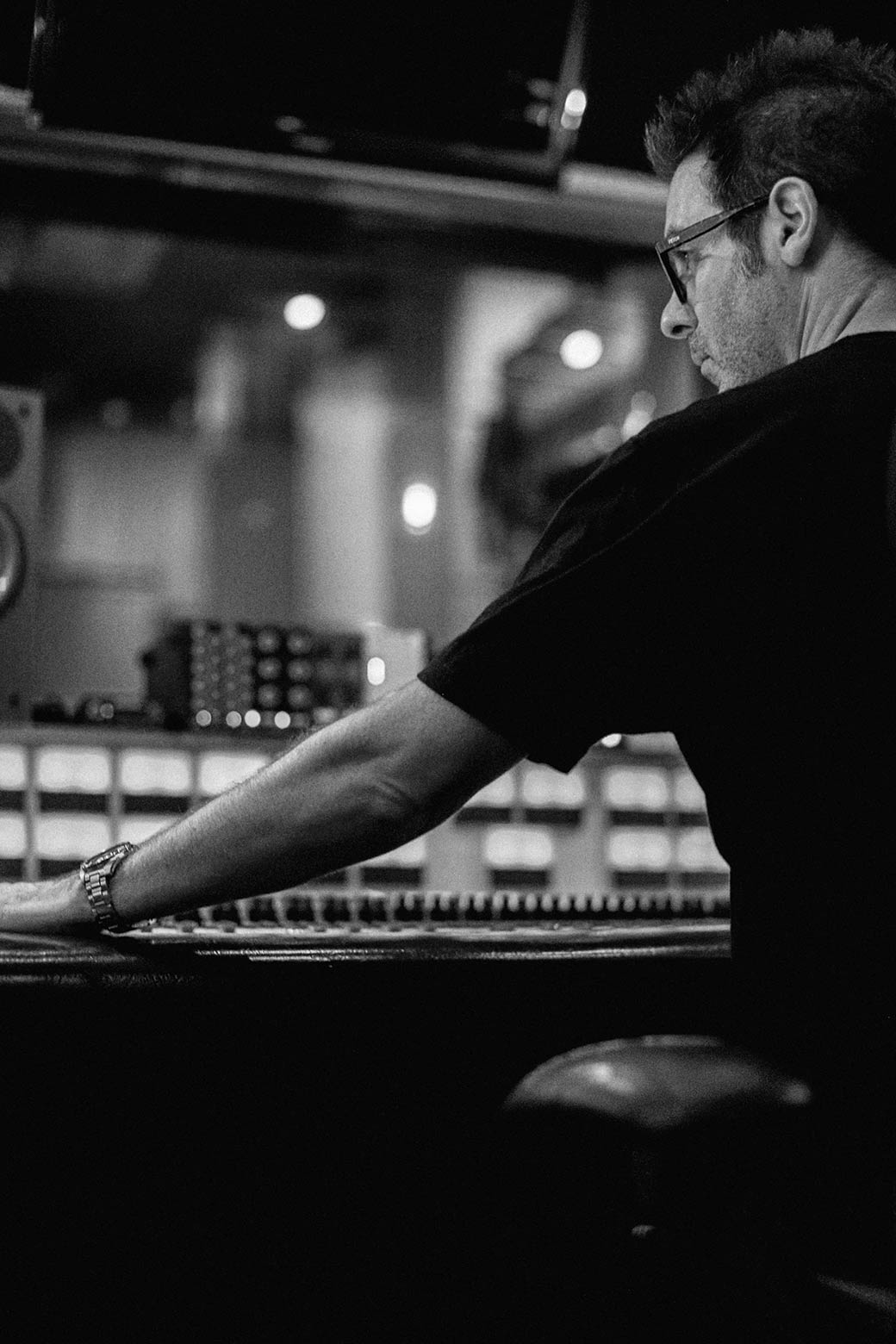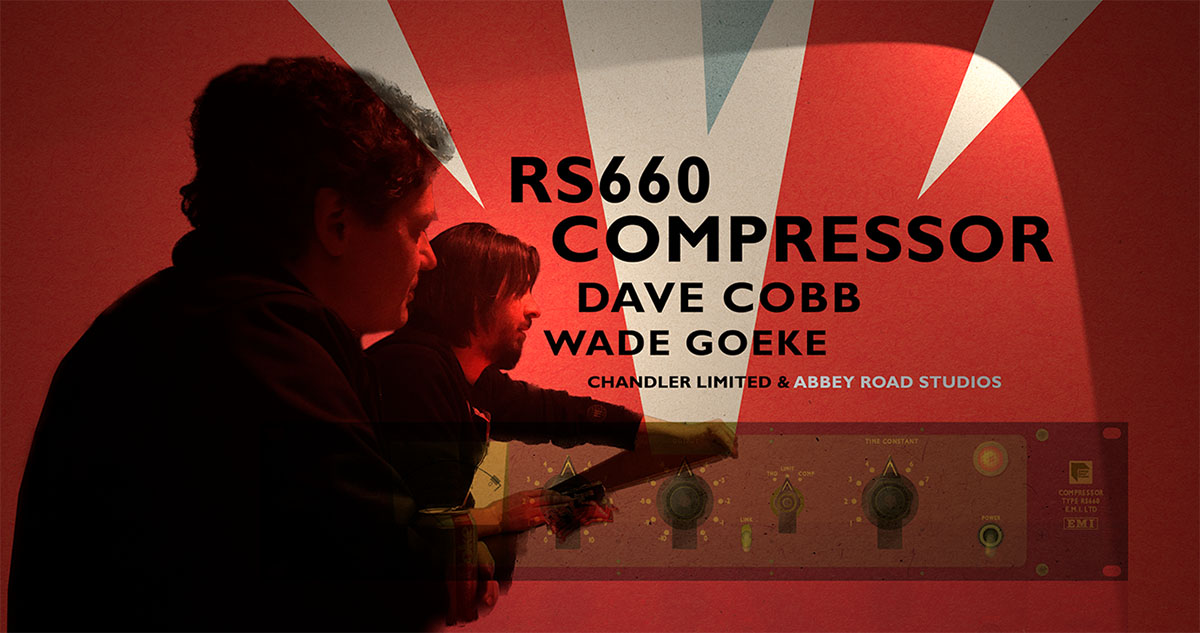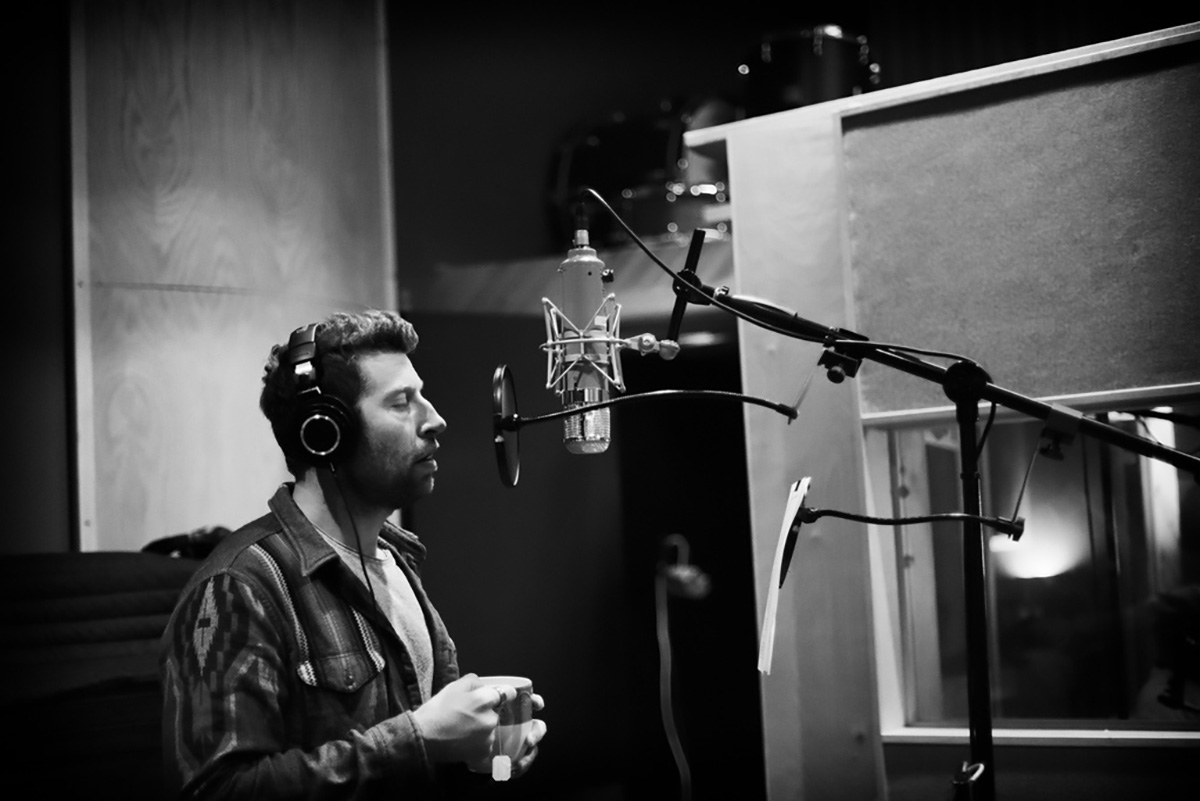Review by: Bob Thomas.
Sound on Sound
June 2023
Can’t decide if you’d rather blow your vari‑mu budget on a Fairchild or an RS124? Chandler’s RS660 puts a little of both in one box…
Chandler Limited’s exclusive agreement with EMI/Abbey Road Studios has enabled founder Wade Goeke to bring to market not only accurate recreations of some of the most revered studio equipment of the 1960s, but also to develop new products that are inspired by those classics. Alongside the various legendary EMI preamps, EQs and compressors, for example, Chandler’s range includes original and EMI‑inspired rackmount designs and 500‑series modules, as well as two innovative takes on the classic large‑diaphragm capacitor microphone, in the form of the valve‑based REDD and the solid‑state TG.
Design & Construction
Their latest product, the RS660 compressor, is a hand‑built, transformer‑balanced, single‑channel, variable‑mu valve compressor‑limiter. Despite its decidedly retro appearance, though, it’s arguably as much a child of the 2020s as it is of the 1960s. Their first valve compressor, the RS124, was essentially a painstaking recreation (albeit a lightly enhanced one) of EMI’s ‘reworked’ Altec 436B, whereas this new model is an elegantly conceived fusion, combining qualities of the RS124 with others from its famous contemporary the Fairchild Model 660. It also tips its hat slightly in the direction of the EMI TG1 diode‑based limiter, which was itself originally designed to emulate the operation of a Model 660.
The dark brown fascia is bounded by a black trim plate that carries the unit’s official designation plus the Chandler, EMI and Abbey Road Studios logos, and also defines the limits of the control area. Within those confines are a momentary push switch and associated potentiometer that enable you to compensate for any asymmetry in the unit’s push‑pull output. There’s also a large, square, mechanical meter that displays compression on a scale of 0‑30 dB, an input level control (scaled simply 1‑10), an output level control (‑10 to 0), a three‑position switch to set the operating mode, and a switch to choose between the seven preset attack and release time combinations.
The control knobs are made of plastic rather than ‘period correct’ Bakelite, but nonetheless combine with the power switch and its red‑jewelled power‑on light to give the fascia a distinctively vintage vibe very. A slightly more modern‑looking toggle switch activates the side‑chain link between two connected RS660s.
The rear panel carries the XLR connectors for the transformer‑balanced input and output, a TS quarter‑inch jack socket that carries the side‑chain link for stereo operation, and a fused IEC mains input. A less familiar sight, unless you happen to own an RS124, is the switch that selects between either 200Ω (Abbey Road’s standard back in the day) or 600Ω output impedances. The input impedance is fixed at 15kΩ.
Taking the top off the RS660 reveals an internal transformer, valve and circuit board layout that, at first glance, bears an uncanny resemblance to that of the RS124. But closer inspection reveals that the circuit and power supply boards are somewhat more complex….
Read the complete RS660 Compressor review at Sound on Sound.






